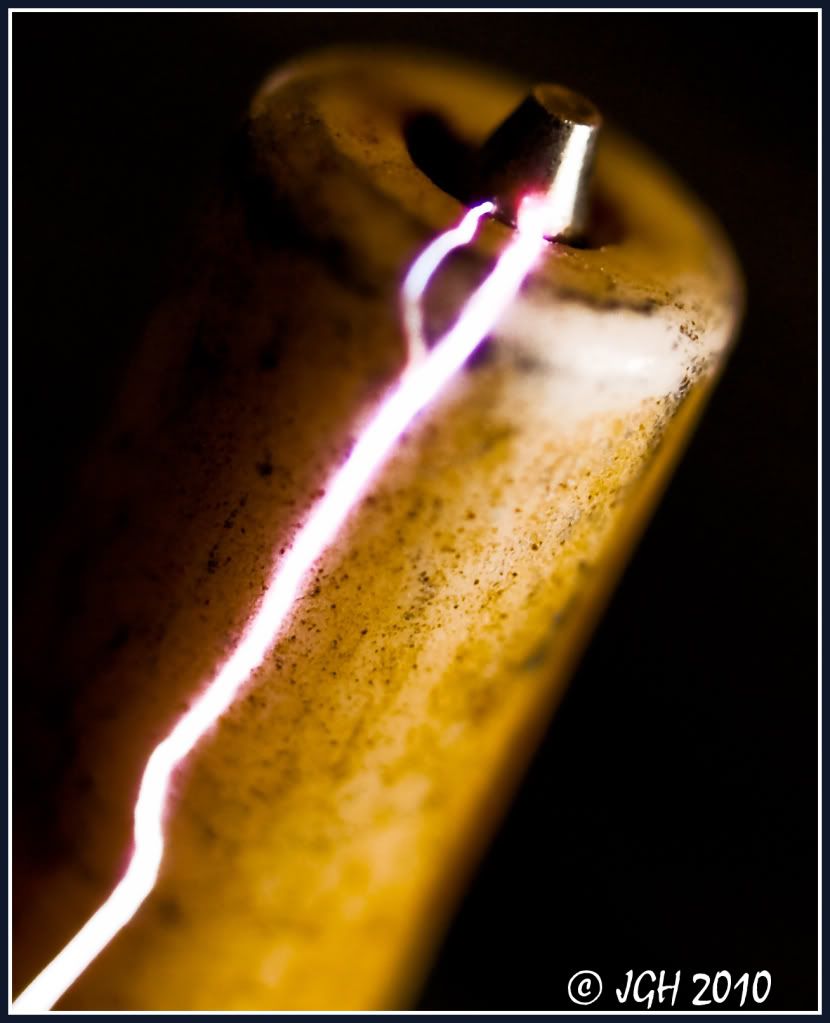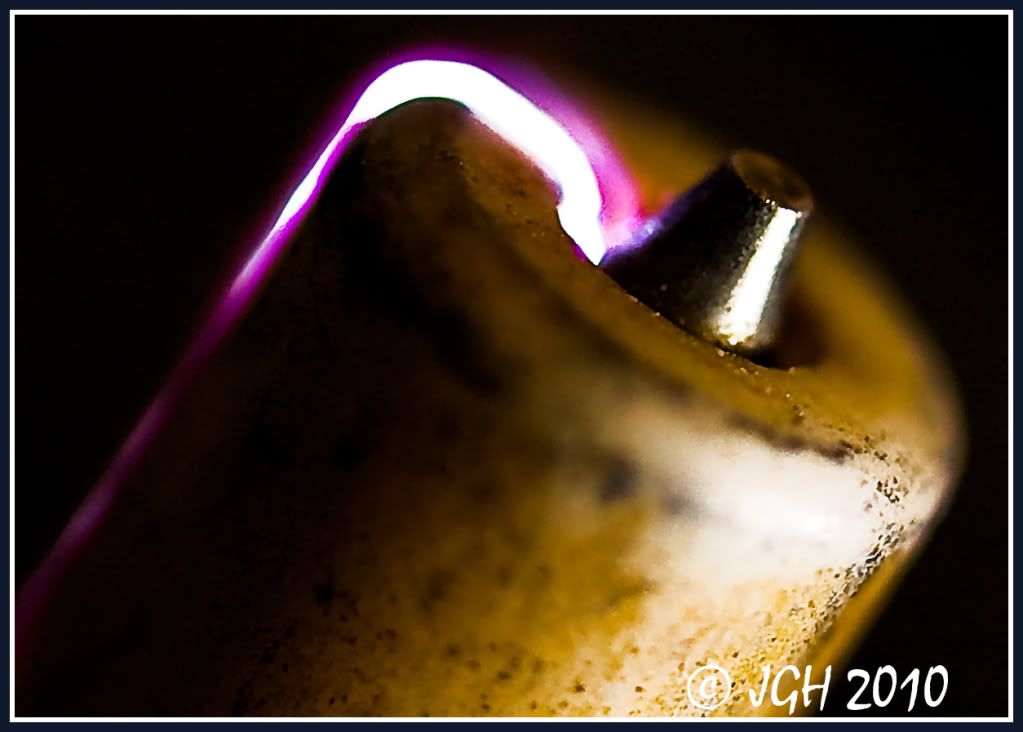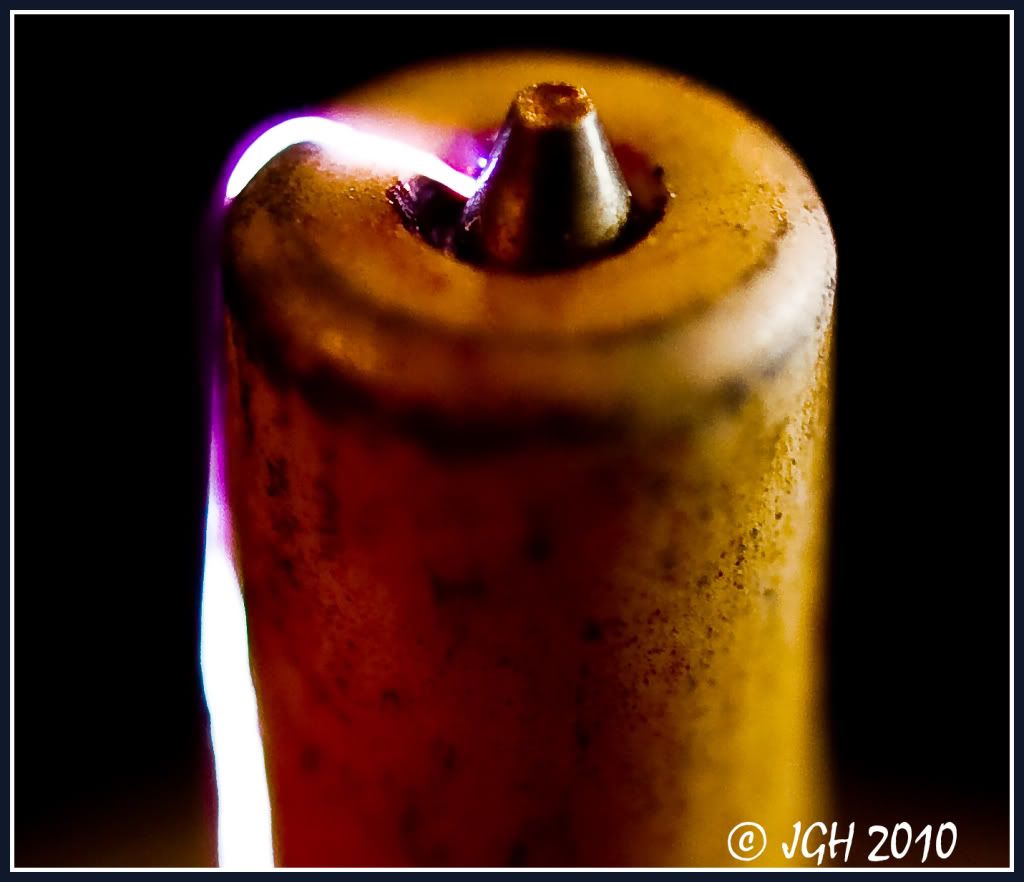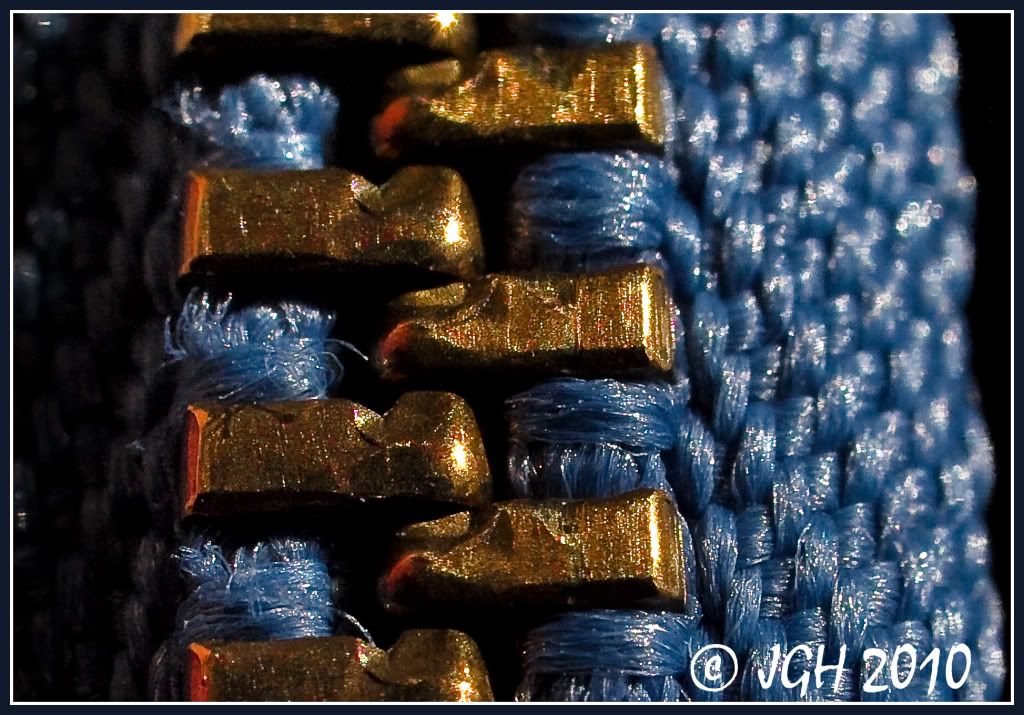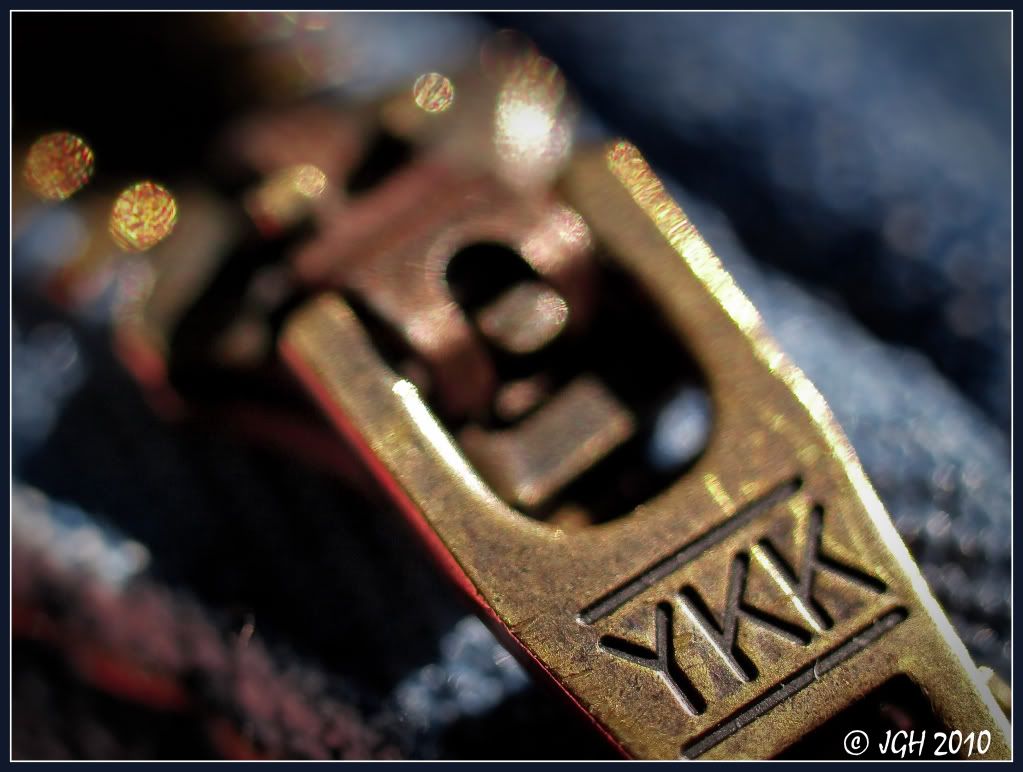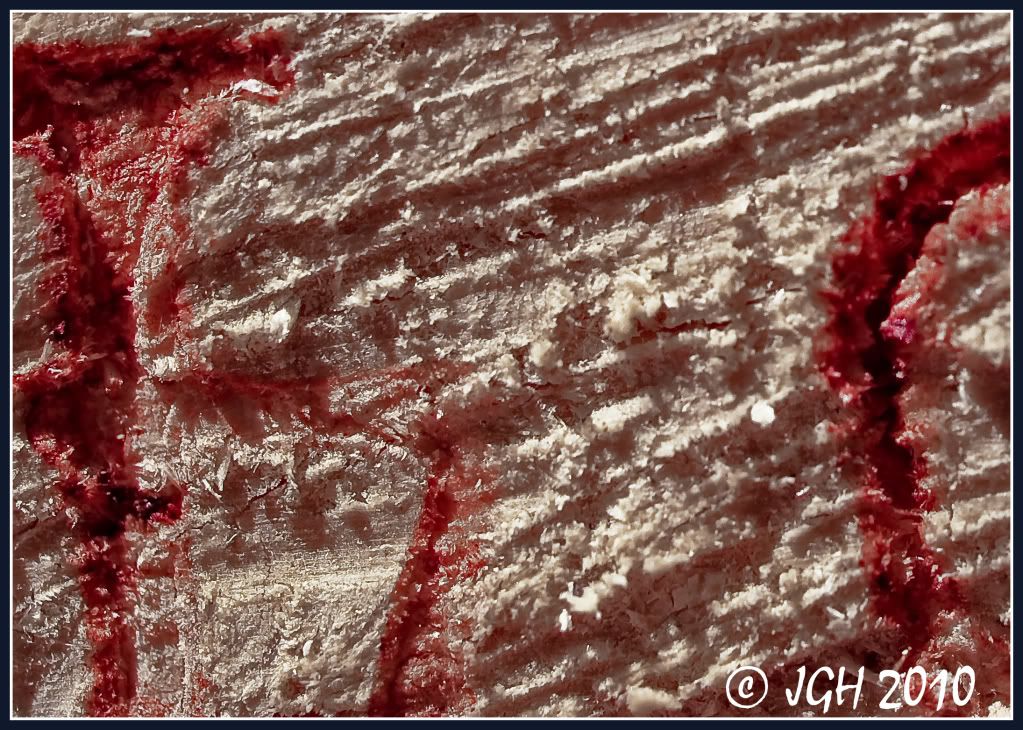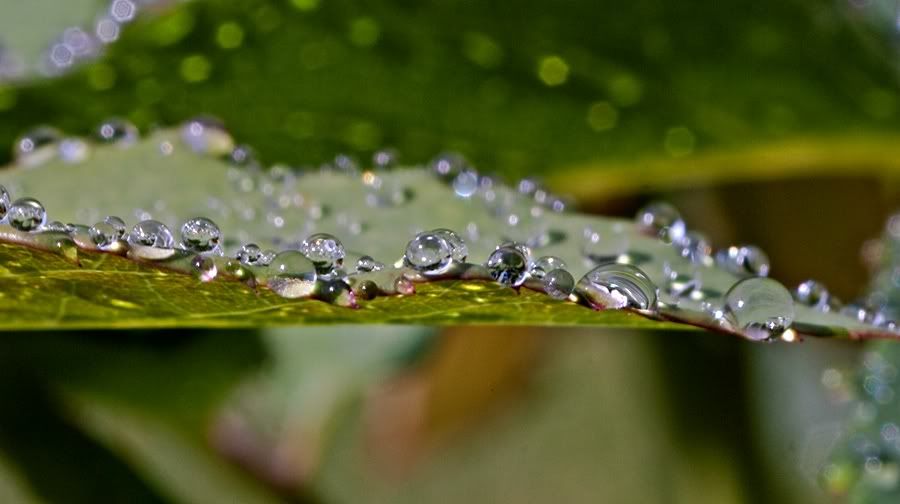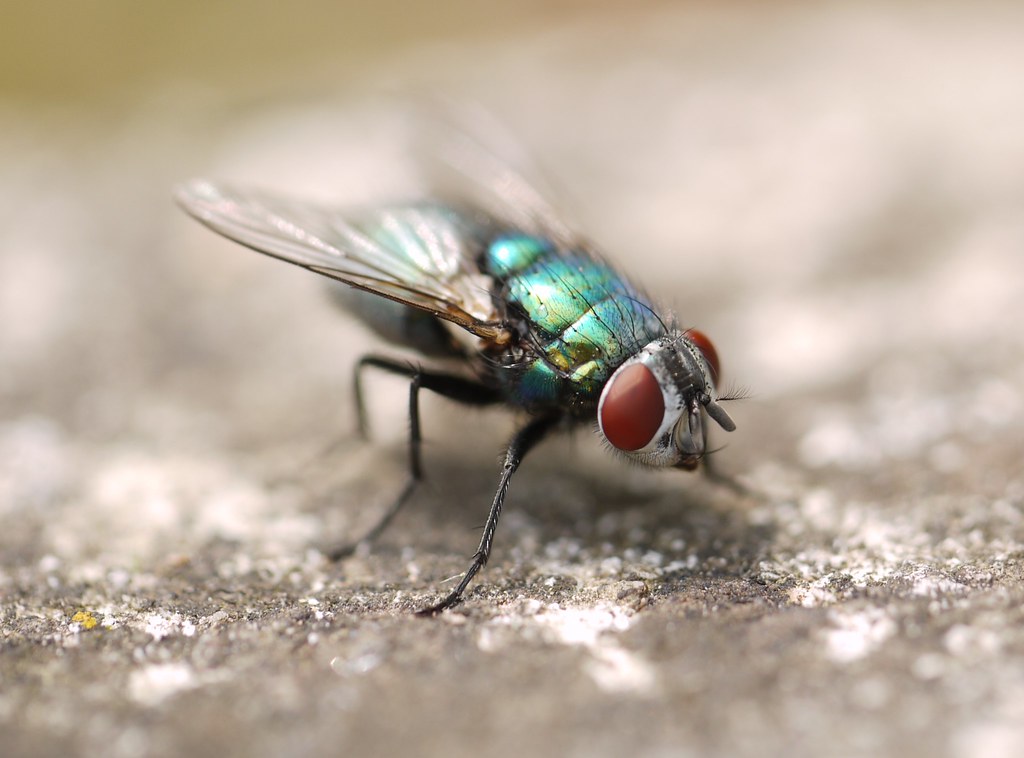Quote:
Originally Posted by M5-Guy View Post
o, if a lens is made for 4/3 camera has a setting for 1:1 it is for THAT format. it was made to produce a 1:1 image with a smaller image circle. So the lens may focus at a different point than the same focal length made for a FF camera that has a larger image circle. End Quote
No, that's where we differ. 1:1 remains 1:1 regardless of format as long as you keep everything else the same. The lens setting for that format is only relevant in terms of getting the flange distance and lens geometry correct to form the proper in-focus image on that sensor.
As I wrote above, my Tokina 90/2.5 at its 1:1 setting still produces a 1:1 magnification on my GH1 (measured experimentally). If I take that lens and keep it at the same exact focus point from the object I just photographed on my GH1, and simply detach the FD adapter from my GH1 and attach my Canon F-1 instead, I'll see the same magnification, but I'll have a larger field of view of the same scene. My apparent magnification will be different, but my actual magnification in relation to my imaging plane will be the same. The focus point of the lens doesn't change, because if I move my focus point I end up changing the magnification.
Well, OK, But at least I understand that 1:1 is 1:1, regardless of crop factor... Yes, by FOV I meant "Apparent" magnification. Understanding that I am just looking a 1:1 image albeit, only a part of it though with a crop. I did say it was a cropped view of a 1:1 image. I don't think we disagree, you just explain a bit differently, that's all.
A 100mm lens is a 100m lens regardless of what format.... BUT, on a 35mm FF is a short telephoto. On a 1/2 frame 35mm it is a telephoto, on a 6x9 it is a normal lens, on an 8x10 it is a wide angle. Yes, The lens has to be made to have the proper image circle for the format. But it is still 100mm lens.
There's really no mystery to this, although it's a bit confusing. As long as we're not talking about apparent magnifications, then the laws of physics apply - magnification is defined as the ratio between the actual size of an object and the imaged size of that same object. The cropping issue simply muddles things by introducing equivalent FOVs and apparent magnifications into play.


%20PP%208x10h.tn.jpg)




